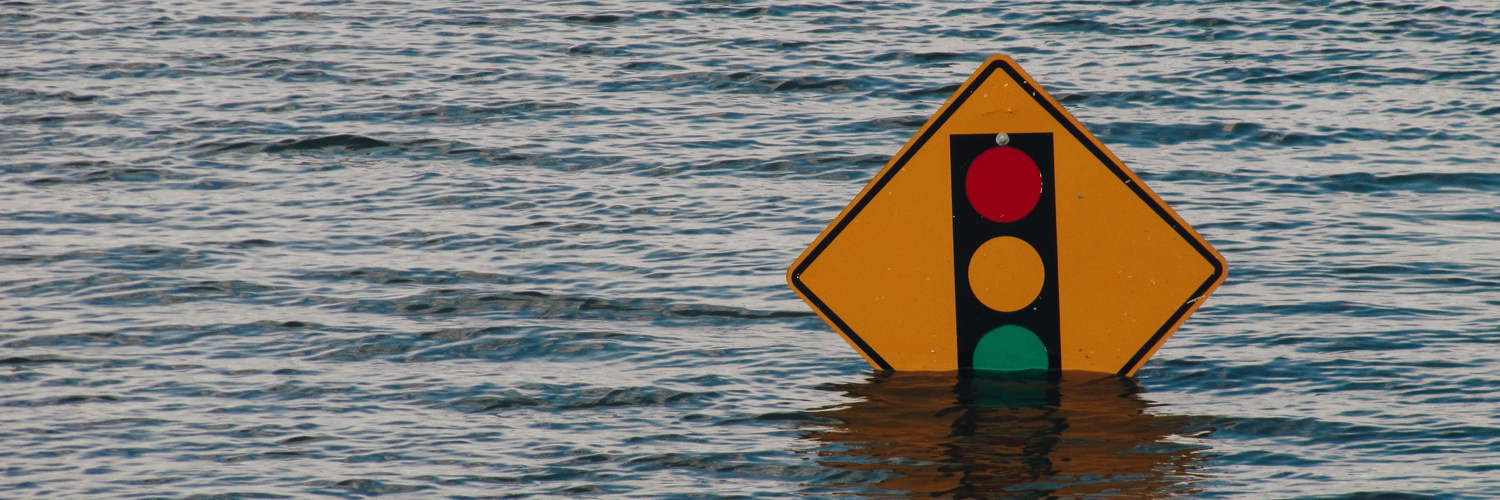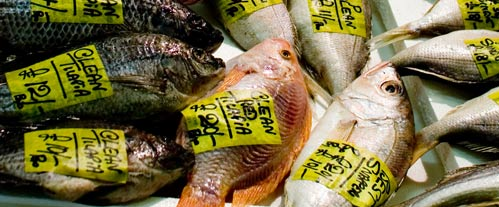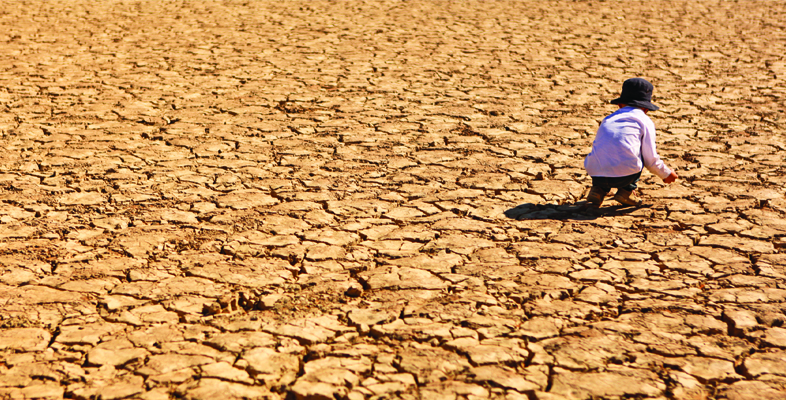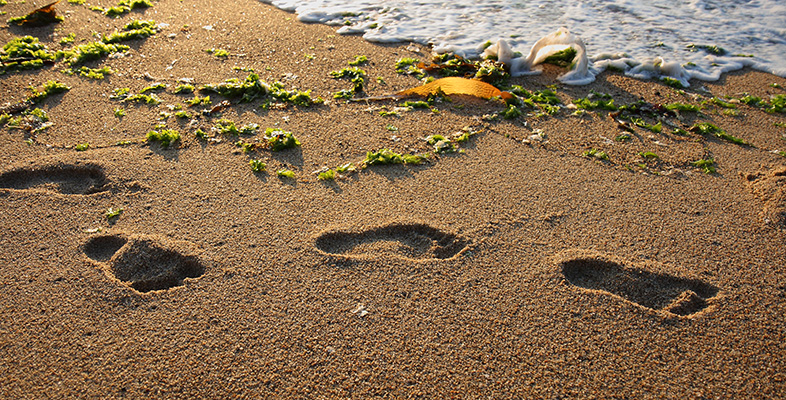No part of the world will be able to evade the consequences of anthropogenic climate change; in other words, climate change that is caused by human activities such as greenhouse gas emissions from agriculture, the energy industry and motor transport. The countries of the tropics will be among the first to be affected. Already, there is evidence that tropical countries are beginning to suffer declining agricultural productivity through the drying of soils.
Bangladesh has long suffered from extreme weather, but there is evidence that the situation is worsening. The Intergovernmental Panel on Climate Change has predicted that floods and droughts will become more severe. During this century, half of Bangladesh’s land mass could be submerged due to rising sea levels. A population retreat from the coastline is likely to be underway by 2030. Already, there is an increase in salinisation in the south of the country. Salinisation is an increase in salt content. In the case of Bangladesh, salinisation is primarily due to an increase in the intensity and frequency of extreme weather events, such as cyclones pushing salt water upriver from the sea into previously freshwater environments. The result is that the saline frontier is gradually moving north in Bangladesh.
The first two films examine environmental change in Khulna District, a low-lying part of south-west Bangladesh that lies deep in the floodplains of the Ganges-Brahmaputra Delta, one of the largest river deltas in the world. The films examine some of the challenges that the people of Khulna face as a result of salinisation, especially in the village of Paikgacha where salinisation has led to a change in agricultural practices. Many farmers have stopped growing rice and switched to shrimp farming and saline-tolerant vegetables.
Some of the interviewees in the films blame the industrialised countries of the global North for causing the changes to their environment through greenhouse gas emissions. For example, vegetable farmer Nirapad Byne states, ‘The West has caused this damage, and we are only a small country so I believe they should compensate us’. His comments are similar to those of Sabihuddin Ahmed, a diplomat, who argues that there is a ‘bounded duty’ that those who are responsible for causing greenhouse emissions should pay for the consequences of these emissions.
Khulna, Bangladesh 1
Khulna, Bangladesh 2
The third film examines the threat posed by climate change to Saint-Louis, a coastal city in north Senegal.
Because much of Saint-Louis was built on low-lying land, it is under threat from rising sea levels, storm intensification and the increased risk of flooding. In Saint-Louis, dykes have been built to protect the city from the river when it swells due to rainwater. But in many cases the dykes have acted as funnels, channeling water into areas where people live. Low economic development means that budgets to combat climate change are tight.
The film examines the work of Cheikh Mamadou Abidoulaye Dieye, the mayor of Saint-Louis. The mayor took Saint-Louis’ plight to the international stage at the World Mayors Summit on Climate in Mexico City in 2010 where it was noted that many other coastal cities, particularly populous, poor cities, are now suffering the effects of climate change. The film was recorded one year after the World Mayors Summit.
People who migrate to Saint-Louis often find it difficult to secure a place to live that is not at risk of flooding. Many people moved to Saint-Louis during an earlier period of drought when the risks from flooding seemed low. But flooding now occurs more regularly and with anthropogenic climate change the problem is almost certain to worsen. Mayor Dieye has organised the building of houses away from the flood zones to rehouse people and set up pumps to remove floodwater.
Saint-Louis, Senegal





Rate and Review
Rate this article
Review this article
Log into OpenLearn to leave reviews and join in the conversation.
Article reviews